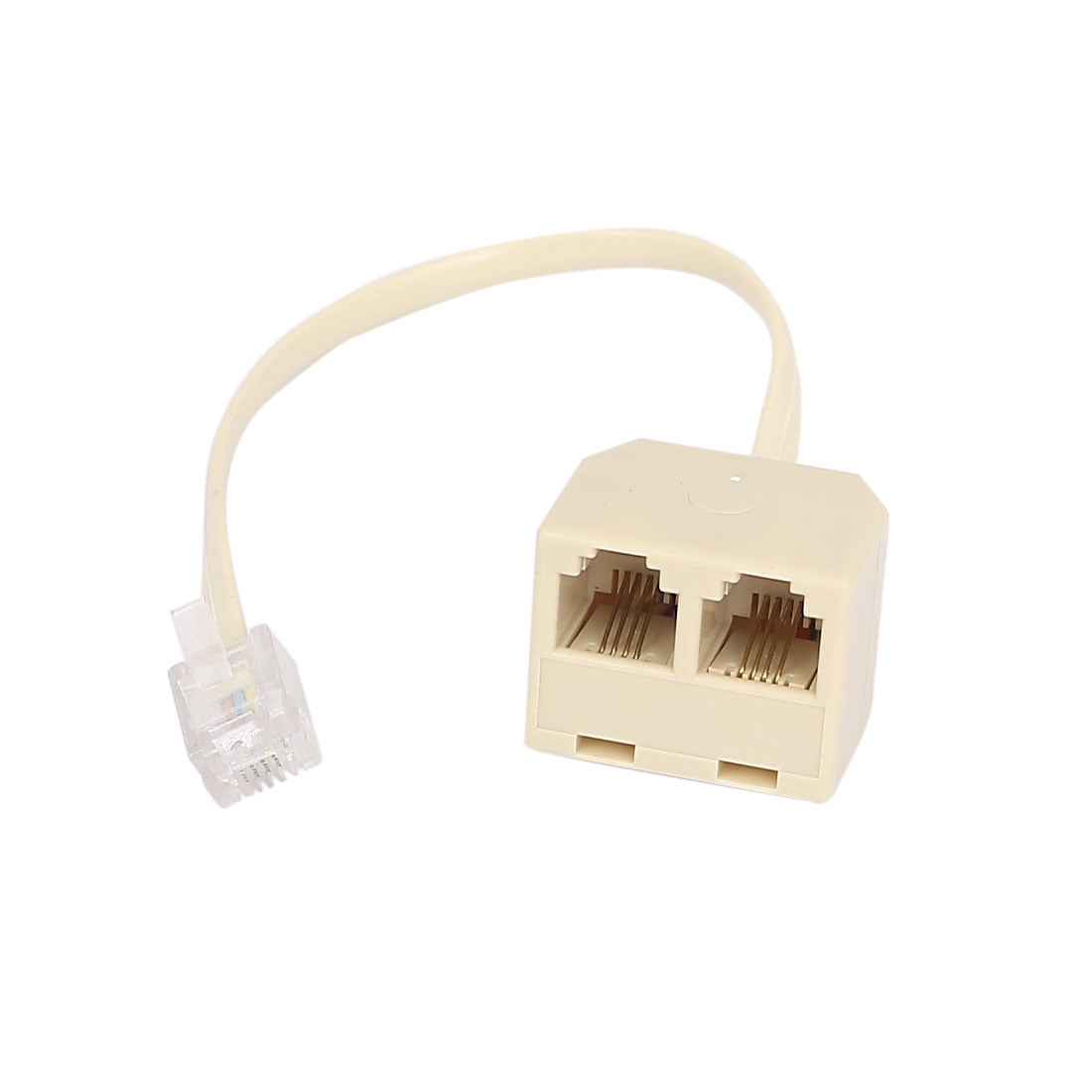

This modular plug comes in various quantities to fit the specifications of your application, once you have decided upon the best option. The RJ11 Modular Plug for Round and Stranded Wires is ever popular for installers. Also, Primus Cable supplies RJ11 (6 position, 4 contact) connectors, RJ12 (6 position, 6 contact) connectors, and RJ22 (4 position, 4 contact) connectors for telephone and data applications. RJ11 tends to be the most common type of modular plug out of the three found, here this modular plug along with other modular plugs alike, are designed to effectively carry voice or analog signals for telephone communications. The prefix "RJ" refers to registered jack, and is the standardized hardware interface for telecommunication equipment. If you want to maximize your new ICD 3's life, keep your work environment clean, dry and dust free, make sure the ICSP cable never gets yanked, and whenever possible disconnect it at the target end rather than the ICD 3 end.RJ11, RJ12, and RJ22 connectors are implemented within nearly every telephone and data network installation. Its enough of an issue that Tag-Connect (a Microchip Premier 3rd party partner) have put a specific warning about the cable supplied with the Microchip AC164110 adapter on their PICkit 3 solution page because damaged jacks were making them look bad. However, hypothetically speaking, if Microchip have outsourced the cable assembly, and its being subcontracted to whichever pacific rim sweatshop puts in the lowest bid, its not surprising that some, or even whole batches are defective. If appropriate tooling is used and is properly maintained, zero defects are entirely possible. Occasional connector assembly problems are a QC issue. simply crimp the connectors so that when the cable is laid flat, one is contacts up the other contacts down).

The only nasty design choice was the end to end pinout reversal which could have easily been resolved by standardising on a crossover cable (i.e. At least the tooling and connectors are readily available. IMHO Microchip could have made much worse design choices than the 6P6C jack they chose to use. Also as the ICD 2/3 programmers cannot be connected to a target without an intervening cable, the risk of mechanical strain damaging the programmer's socket are much reduced. Properly assembled modular connectors are generally reckoned to be between two and three orders of magnitude more reliable than the female socket for a 0.1" pitch header system used on the PICkit 2/3 or IDC box headers used on 3rd party programmers. See Microchip using the wrong name for a 6P6C Modular connector certainly doesn't help their users avoid incorrect cables which may damage the jack. * RJ11 is actually a two or four contact plug for telephone line applications with the same dimensions as a 6P6C plug. With a little care, damaged 6P6C sockets are entirely avoidable. *ALWAYS* check all new cables are properly crimped. You could faff around trying to retension the contacts with a dental probe, but as you have just seen, if its on a programmer, Microchip's replacement policy is fast and effective + it maintains your warranty.

If it still fails with a known good cable (properly crimped then continuity checked), you probably have a damaged socket on the ICD3. You should then use the test interface board supplied with the ICD 3 to check the integrity of the socket and cable. If not, re-crimp with a 6P6C crimping tool (not 6P4C) to seat them. Check the tip of the plug to see if the shoulders of the individual contacts are fully seated against the bottom of the grooves in the plastic plug body. If the cable was particularly badly crimped, it may have bent the contacts in the ICD 3's 6P6C modular socket. There have been various reports of Microchip supplied 'RJ11' (actually 6P6C Modular plug *) cables that are not properly crimped.


 0 kommentar(er)
0 kommentar(er)
